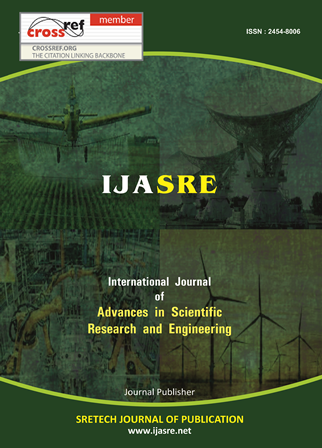The Power Factor Improvement Modelling with the Runge-Kutta 4th Order, Analytical, and Experimental Method
DOI:
https://doi.org/10.31695/IJASRE.2024.3.2Keywords:
Analytical Method, Experimental Method, Power Factor, Runge-Kutta, Numerical MethodAbstract
The Power factor improvement modeling is conducted by modeling electrical circuits that have a low power factor, then the power factor will be improved by pairing capacitors in series and in parallel. The capacitance values of the connected capacitors are varied for maximum power factor value. The power factor improvement modeling was analyzed using the Runge-Kutta 4th Order (RK-4) method and the analytical calculations were then compared with the experimental method. The study shows the relationship between the value of the power factor to the capacitance value and the relationship between active power, apparent power, and reactive power to the capacitance value of capacitors installed in series or parallel in the circuit. The results of calculations using the RK-4 method, analytical methods and experimental data show the same pattern, with a relative error below 8%. The results of the analysis show that the parallel installation of capacitors is the most appropriate power factor improvement model.
Downloads
How to Cite
Issue
Section
License
Copyright (c) 2024 Ratu Fenny Muldiani, Defrianto Pratama, Kunlestiowati Hadiningrum

This work is licensed under a Creative Commons Attribution-NonCommercial 4.0 International License.








